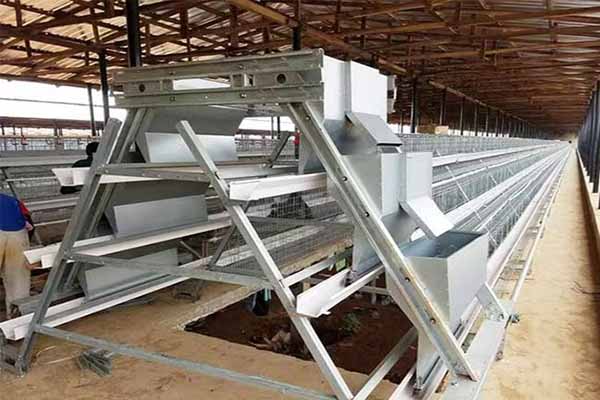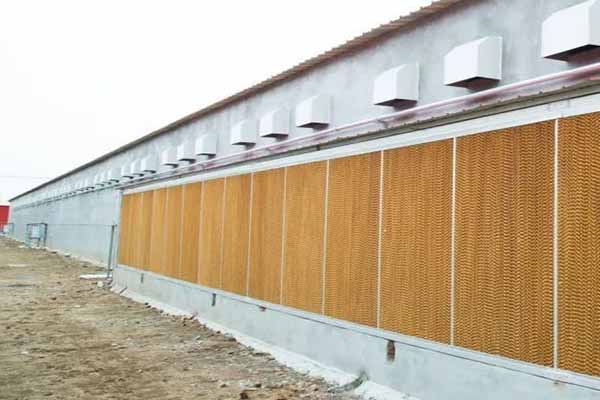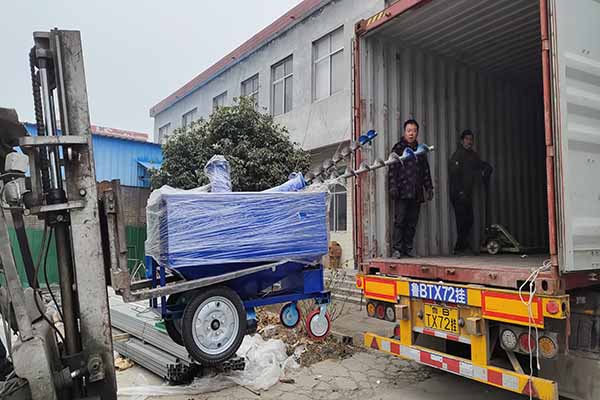Optimizing Chicken Farming in Uganda with Advanced Remote Monitoring Systems
Time : 2025-06-25
Uganda, with its diverse agricultural landscape, has been increasingly focusing on modernizing its farming practices. One such area of innovation is the adoption of remote monitoring systems for chicken equipment. This article delves into the importance of these systems, their benefits, and how they are revolutionizing chicken farming in Uganda.

Introduction to Remote Monitoring Systems
Remote monitoring systems are technological solutions that allow farmers to monitor and manage their farming operations from a distance. In the context of chicken equipment, these systems provide real-time data on various parameters such as temperature, humidity, feed consumption, and health status of the chickens. This technology is particularly beneficial for regions like Uganda, where access to on-site monitoring might be limited.
The Need for Remote Monitoring in Uganda’s Chicken Farming
Uganda’s chicken farming industry has been growing rapidly, but it faces several challenges. Limited access to skilled labor, harsh weather conditions, and the need for efficient resource management are some of the key issues. Remote monitoring systems address these challenges by providing a cost-effective and efficient way to manage chicken farms.
1. Access to Skilled Labor
Uganda, like many developing countries, faces a shortage of skilled labor in rural areas. Remote monitoring systems eliminate the need for constant on-site supervision, allowing farmers to manage their operations even when they are not physically present at the farm.
2. Weather Conditions
The unpredictable weather patterns in Uganda can be detrimental to chicken farming. Remote monitoring systems can provide real-time data on environmental conditions, enabling farmers to make timely adjustments to protect their birds from extreme temperatures and humidity levels.
3. Resource Management
Efficient resource management is crucial for sustainable chicken farming. Remote monitoring systems help farmers optimize feed consumption, water usage, and energy consumption, leading to cost savings and reduced environmental impact.

Benefits of Remote Monitoring Systems for Chicken Equipment
1. Improved Health Monitoring
Regular health checks are vital for maintaining a healthy flock. Remote monitoring systems can track the health status of chickens through automated weight monitoring, behavior analysis, and disease detection algorithms. This proactive approach helps in early identification and treatment of diseases, reducing mortality rates.
2. Enhanced Productivity
By providing real-time data on feed consumption, water intake, and environmental conditions, remote monitoring systems enable farmers to make informed decisions that enhance productivity. This includes optimizing feeding schedules, ensuring optimal environmental conditions, and managing disease outbreaks effectively.
3. Cost Savings
Remote monitoring systems can lead to significant cost savings. By reducing the need for on-site labor, minimizing energy consumption, and optimizing resource usage, farmers can lower their operational costs. Additionally, early disease detection and treatment can prevent costly losses due to mass mortality.
Implementation of Remote Monitoring Systems in Uganda
Implementing remote monitoring systems in Uganda’s chicken farming industry requires a multi-faceted approach. Here are some key steps involved:
1. Infrastructure Development
Establishing a robust communication infrastructure is crucial for the successful implementation of remote monitoring systems. This involves setting up reliable internet connectivity and ensuring that the necessary hardware, such as sensors and cameras, is in place.
2. Training and Capacity Building
Farmers and farm managers need to be trained on how to use the remote monitoring systems effectively. This includes understanding the data collected, interpreting the information, and making informed decisions based on the insights gained.
includes understanding the data collected, interpreting the information, and making informed decisions based on the insights gained.
3. Integration with Local Practices
It is essential to integrate remote monitoring systems with local farming practices and traditions. This ensures that the technology is adopted seamlessly and that farmers feel comfortable using it.
Conclusion
Remote monitoring systems for chicken equipment are transforming the chicken farming industry in Uganda. By providing real-time data, enhancing productivity, and reducing costs, these systems are paving the way for a more sustainable and efficient agricultural sector. As technology continues to advance, it is likely that remote monitoring will become an integral part of chicken farming practices in Uganda and beyond.











